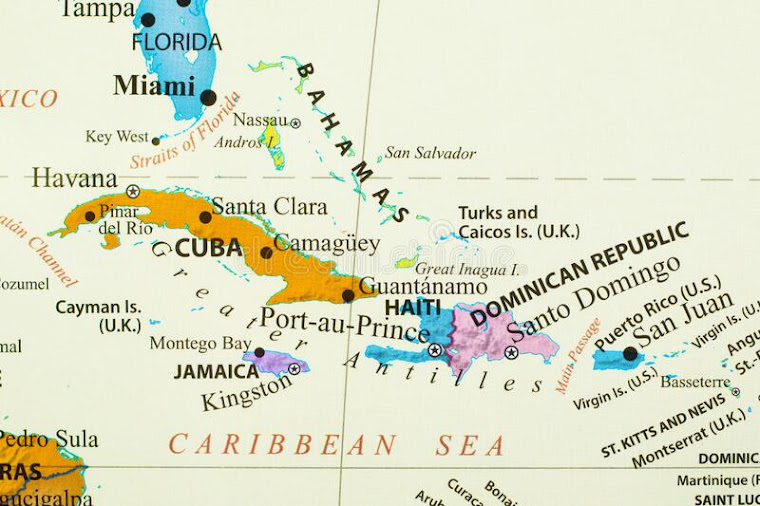The Bahamas Ministry of Health Global School Health Report 2025
The Vices and Challenges in the Life of Teens in The Bahamas
From the 2025 GSHS - The Bahamas
The literature is saturated with irrefutable links between chilchood obesity, adolesoent (teen) obesity and adult obesity. A 2024 systematic review concluded that obese children and teens were five times more likely to be obese in aduilthood than their non-obese counterparts.
The review further revealed that around 55% of obese chidren become obese in adolescence: around 80% of obese adolescents will still be obese in adulthood; and around 70% will be obese over age 30. In TheBahamas, 71.6% of adults are overweight. Of this, 43.6% are obese. Recall adolescent obesity in the country stands at 21%.
Food insecurity significantly impacts adolescent development, and is associated with low diet quality. poor health, and challenges in cognitive and social development. Adolescents facing food shortages are more likely to struggle with behavioral issues, lower educational attainment, school absenteeism, and experiences of bullying.
The impact is even more far-reaching, as adolescents experiencing food insecurity are also more prone to feelings of worry and shame, mental health challenges, and heightened vulnerability to unwanted sexual contact, exploitation early labor market entry, and involvement in the criminal justice system, all of which limit life choices.
In The Bahamas, 30 8% of teens curently experience food insecurity - a notable improvement from 43.7% in 1998. However, this figure remains above the 27.5% global average for adolescent food insecurity.
In 2019, 33% of all Bahanians faced some level of food insecurity, a rate significantly higher than the global average of 9% but below the 43% average for the English-speaking Caribbean.
Sugar, fat and salt (in excess) have been recognized as nutrients of public health concern. The vast majority of teens (71.7%) consume weekly diets high in fat, salt and added sugars.
By contrast, only 5.7% and 10.3% of teens eat the recommended daily intake (RDl) of fruits and vegetables, respectively. These dietary habits are compounded by low physical activity levels, with 83.3% of teens failing to meet the minimum physical activity level.
These realities underscore that the nutrition quality of meals consumed by teens and physical activity need laser-focused attention and aggressive policy in-roads.
Given the increasing prevalence of NCDs in the general population, the increase in NCD risk factors among Bahamian adolescents has consequential implications for The Bahamas' ability to achieve and sustainably fund any universal health coverage scheme.
Basic health screenings or preventative health checks among teens are low, while beliefs contributing to vaccine hesitancy are notably high. Among the preventive health behaviors surveyed, only eye examinations show a slight upward trend, albeit marginal.
Sexual behavior trends showed mixed resuts. More teens abstained from sex in 2023 compared to previous survey cycles, and fewer sexually active teens reported having muitiple partners - 14.6% in 2023, down from 55.1% in 1998.
Despite this progress, risky bahaviors are still too common. Among sexually active teens, there was a concerning gap between teens' knowledge of condom benefits (71.6%) and actual condom usage rato (47.7%) during their last sexual encounter.
Also, at that time, only 6.8% reported using hormonal birth control to prevent pregnancy. Disturbingly, 56.6% of sexuallly teens initiated sexual activity at sge 13 or younger, with boys more likely than girls to debut early and have multiple sex partners.
The 2025 GSHS paints an unsettling profile of substance use among teens in The Bahamas. The lifetime smoking prevalence of traditional cigarettes stands at 20.3%, and current prevalence is 11%, underscoring the persistent use of traditional tobacco products in Bahamian society.
Globally, however, e-cigarette use is outpacing traditional cigarette consumption among teens, a trend that is mirrored in The Bahamas. Although The Bahamas lacks multi-year data on e-cigarette use among teens, the 2023 GSHS introduces new insights into this emerging product.
Notably, while traditional cigarette use remains higher among boys compared to girls, the gender gap has narrowed significantly between 2013 and 2023. In contrast, e-cigarette use is more prevalent among girls (17.6%) than bays (16.4%), with an overal prevalence of 17.2%, meaning nearly 2 in 10 Bahamian teens currently use e-cigarettes.
When compared internationally, the prevalence of e-cigarette use among Bahamian teens rivals global prevalences. For instance, the average e-cigarette prevalence is 18.1% in Europe (2021); 17.4% in the United States (2022); and 1447, in Cenada (2022).
Within the Cabbean sub-region, e-cigarette use for Bahamian teens is among the highest, equaling those of Trinidad and Tobago (17.2%), and significatly surpassing Antigua and Barbuda (4%), Jamaica (11.7%), and St.Lucia (11%).
Alcohol consumption is widesproad, with 73.9% of teans roporting use (excluding religious secraments), and 33.6% identifying as current alcohol drinkers.
Binge drinking and drunkedness are increasing, especilly among girls. These statistics are disconcerting, especially given the survey sampling age was 12 to 18 years; and the national legal drinking age is 18 years. There is a higher proportion of girls than boys engaged in the harmful use of alcohol- binge drinking and intoxication.
Lifetime illegal drug use is also on the rise - with marijuana at 16.6% and non prescription opioids at 4.9%. Cocaine use rose from 1% in 1998 to 12% in 2023.
Altogether, these are worrying trends. Boys are more likely than girls to use illegal substances.
Opinions on access to drugs varied, with 29.3% finding it impossible or very difficult, 11.1% fairly difficult, and 16.5% fairly easy or very easy to accoss. Forty-three (43%) did not know the easy or difficulty of obtaining illegal drugs.







